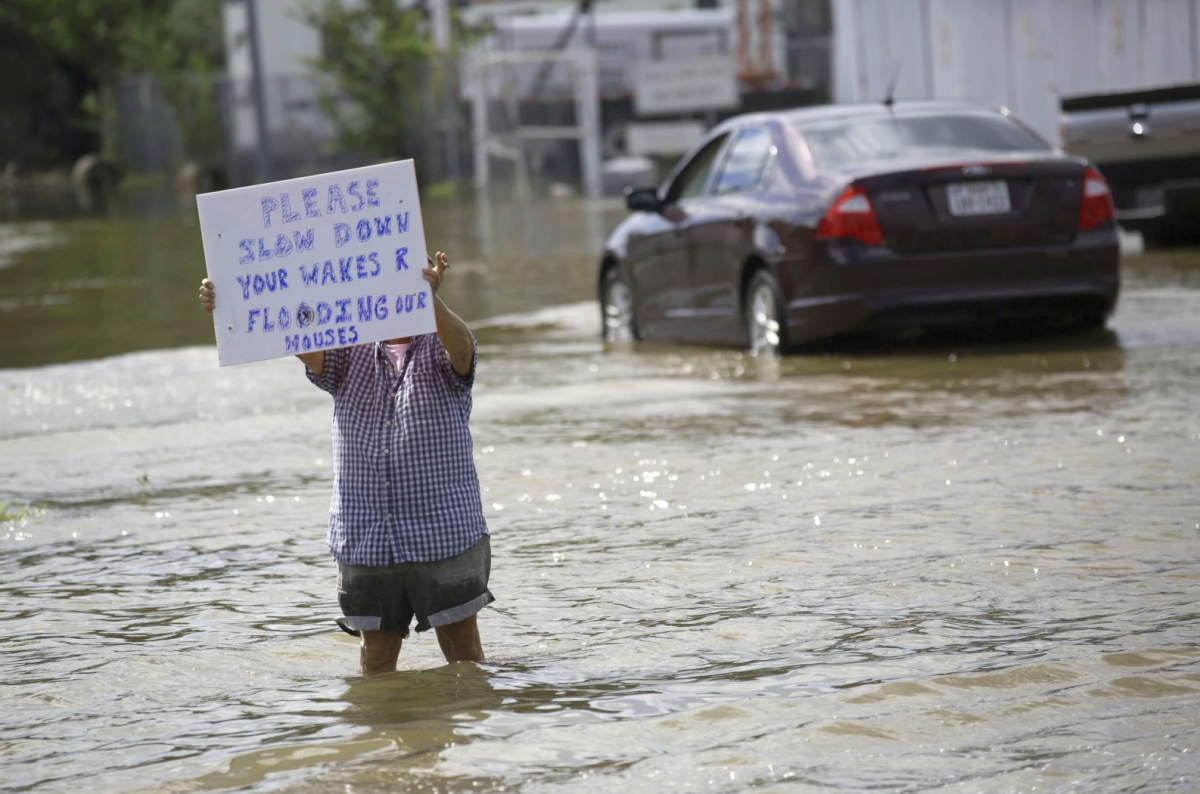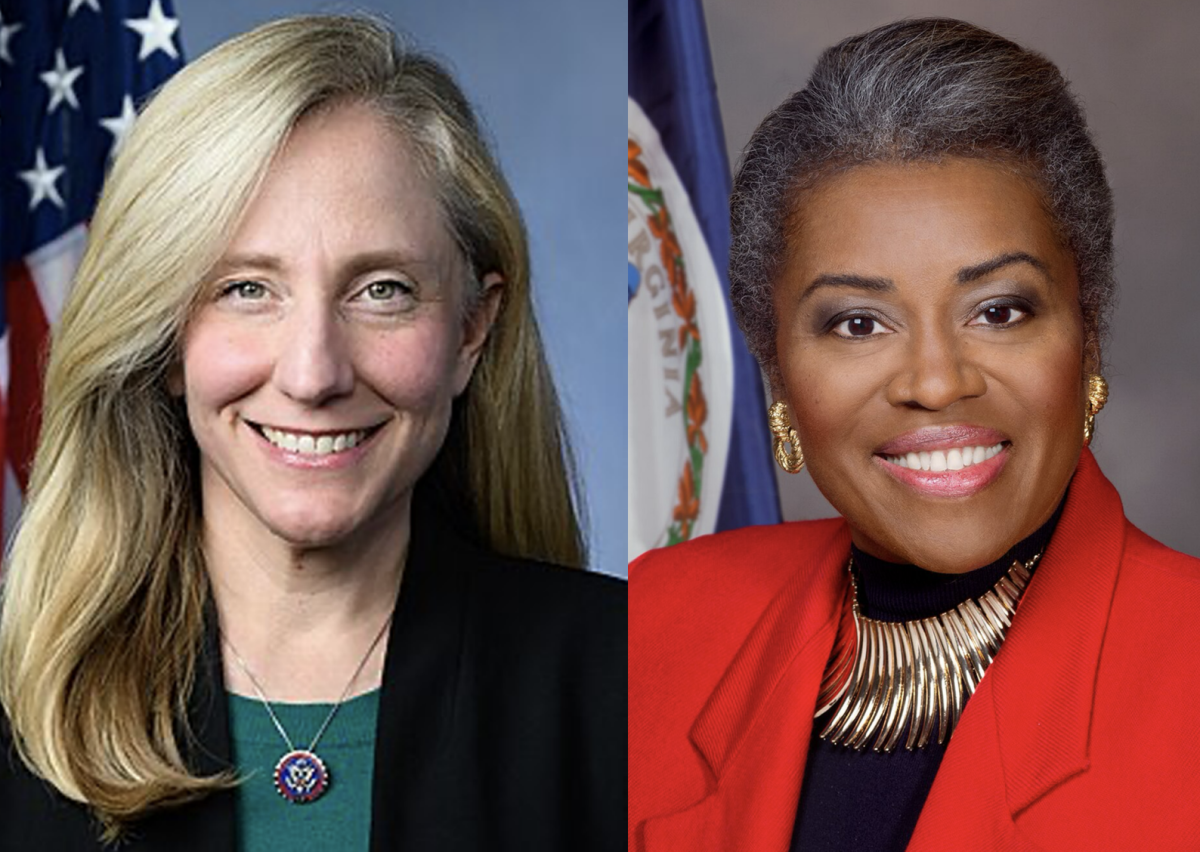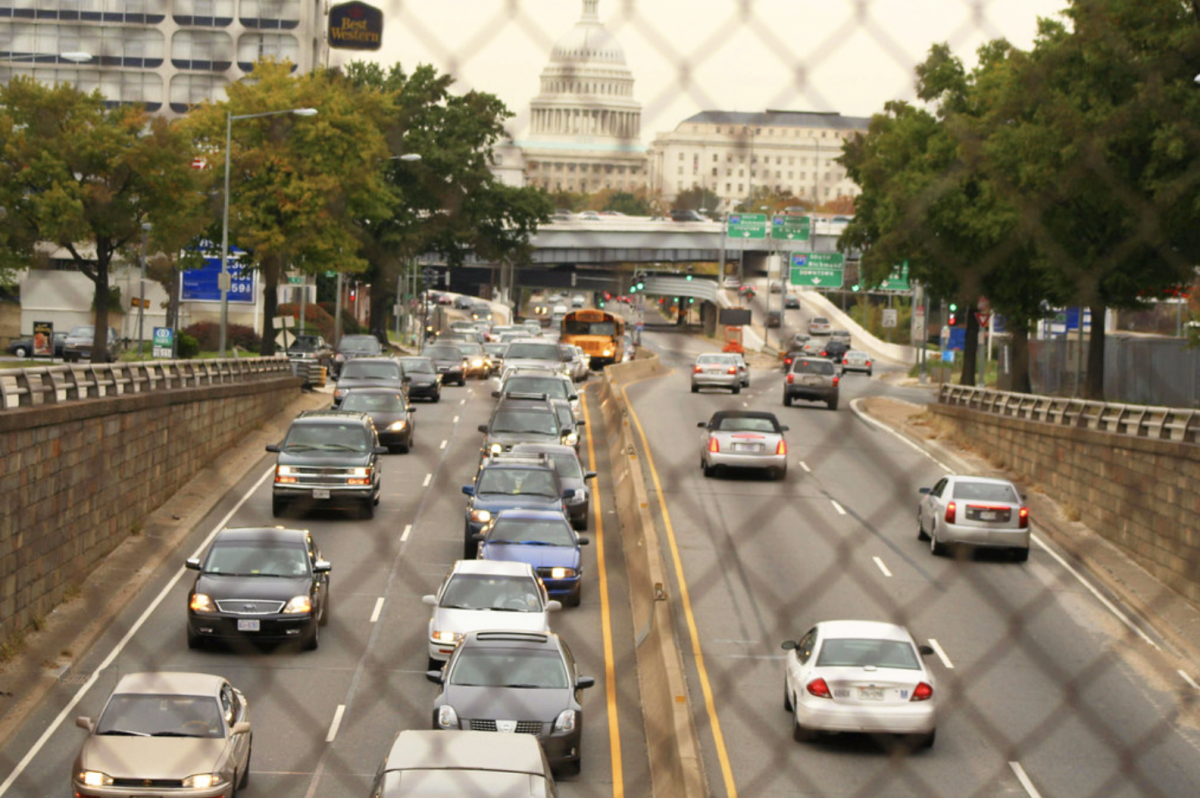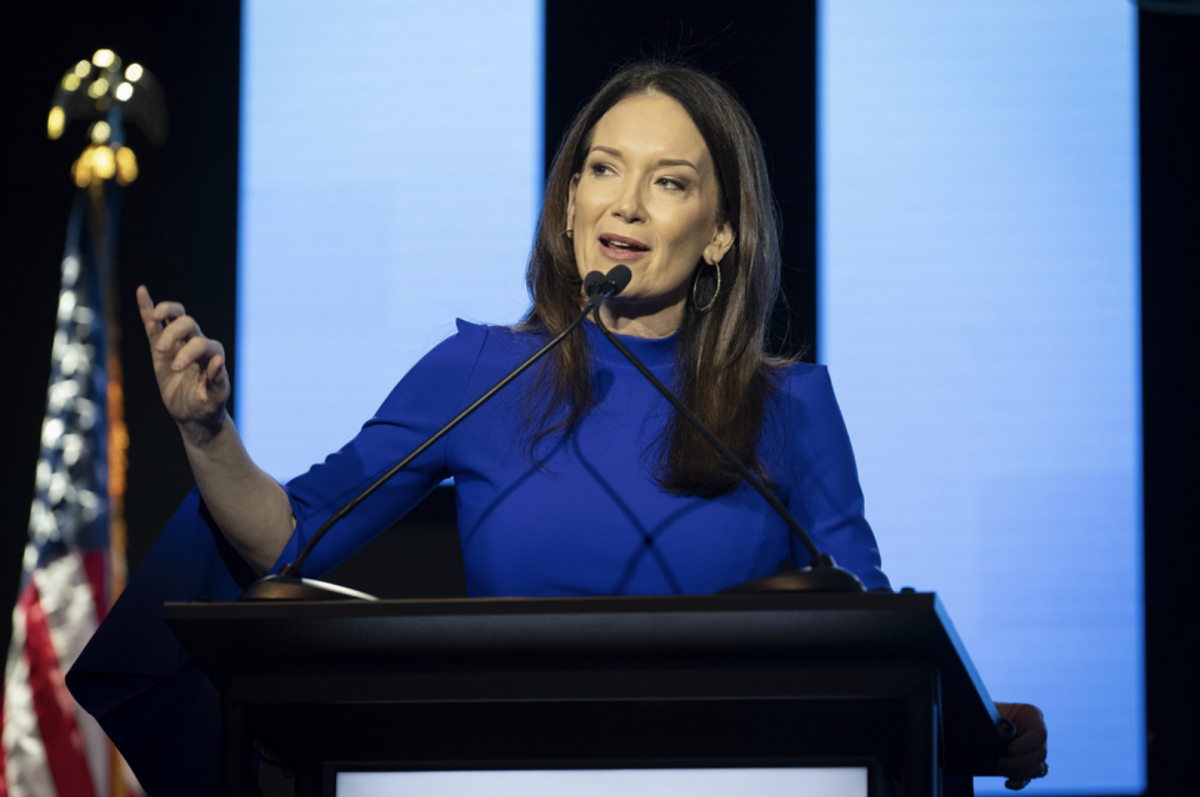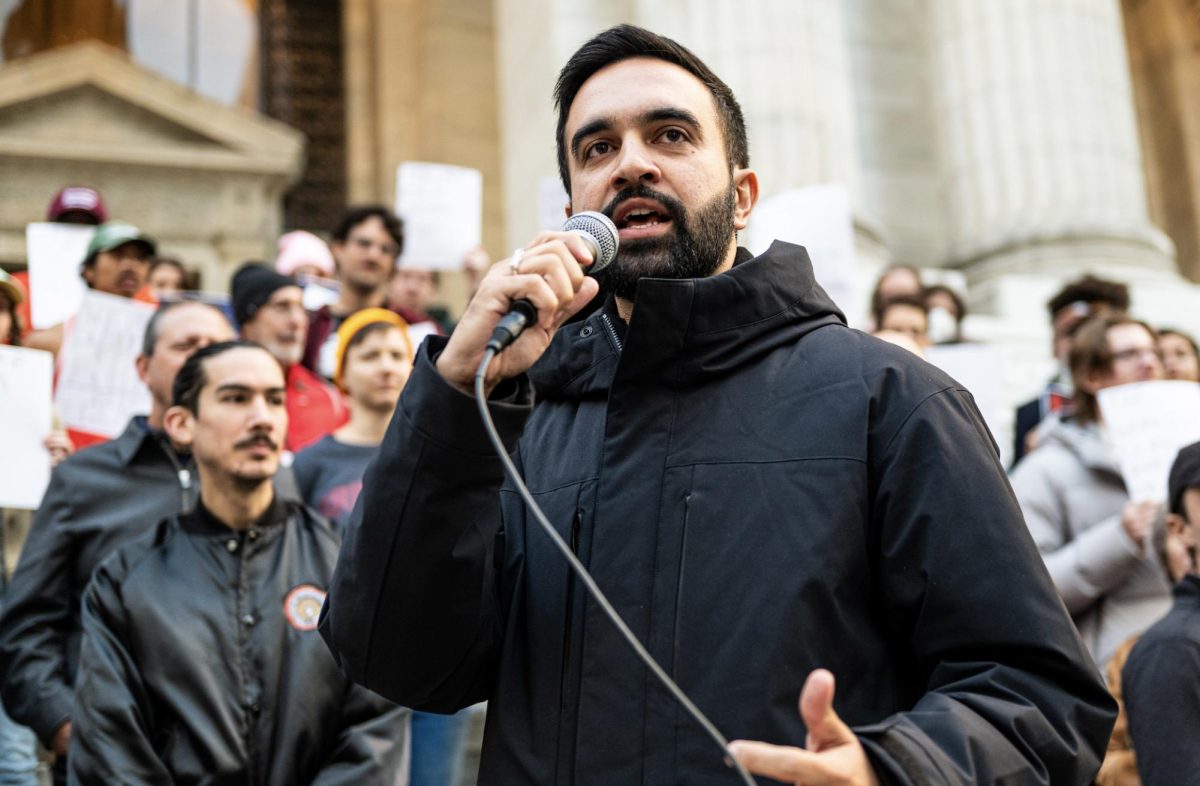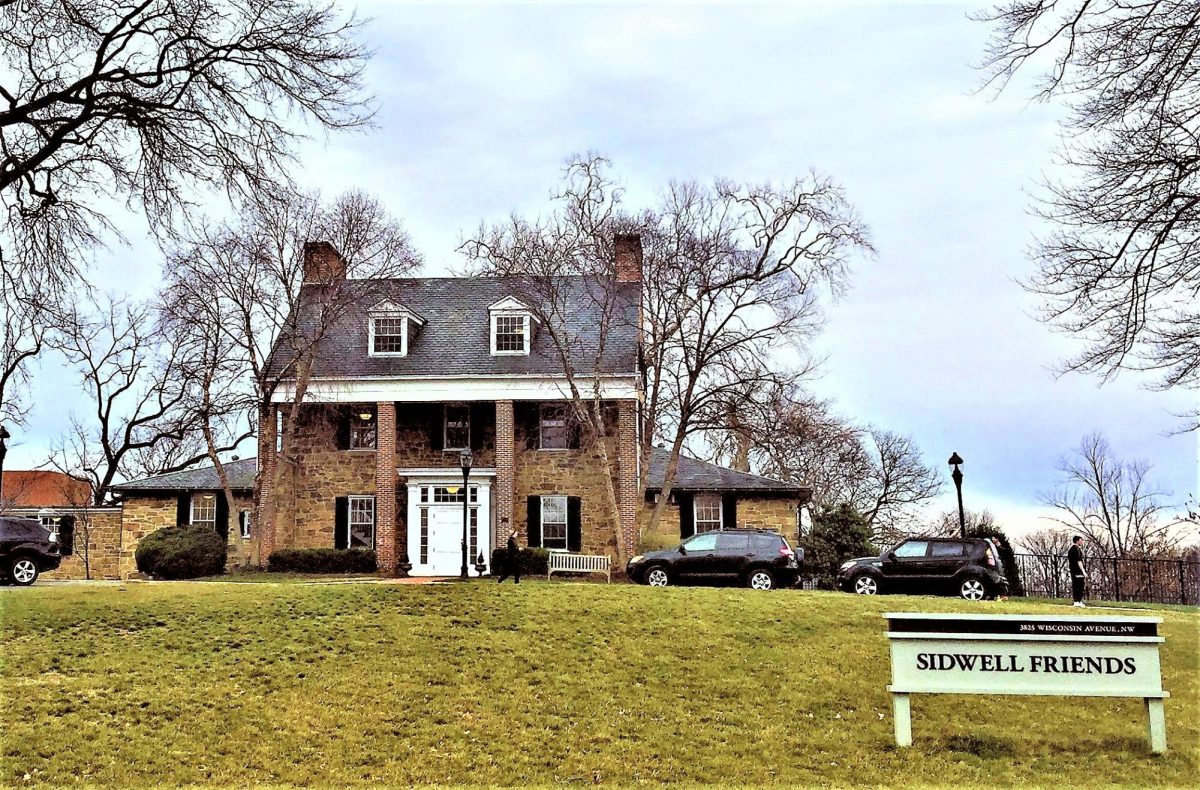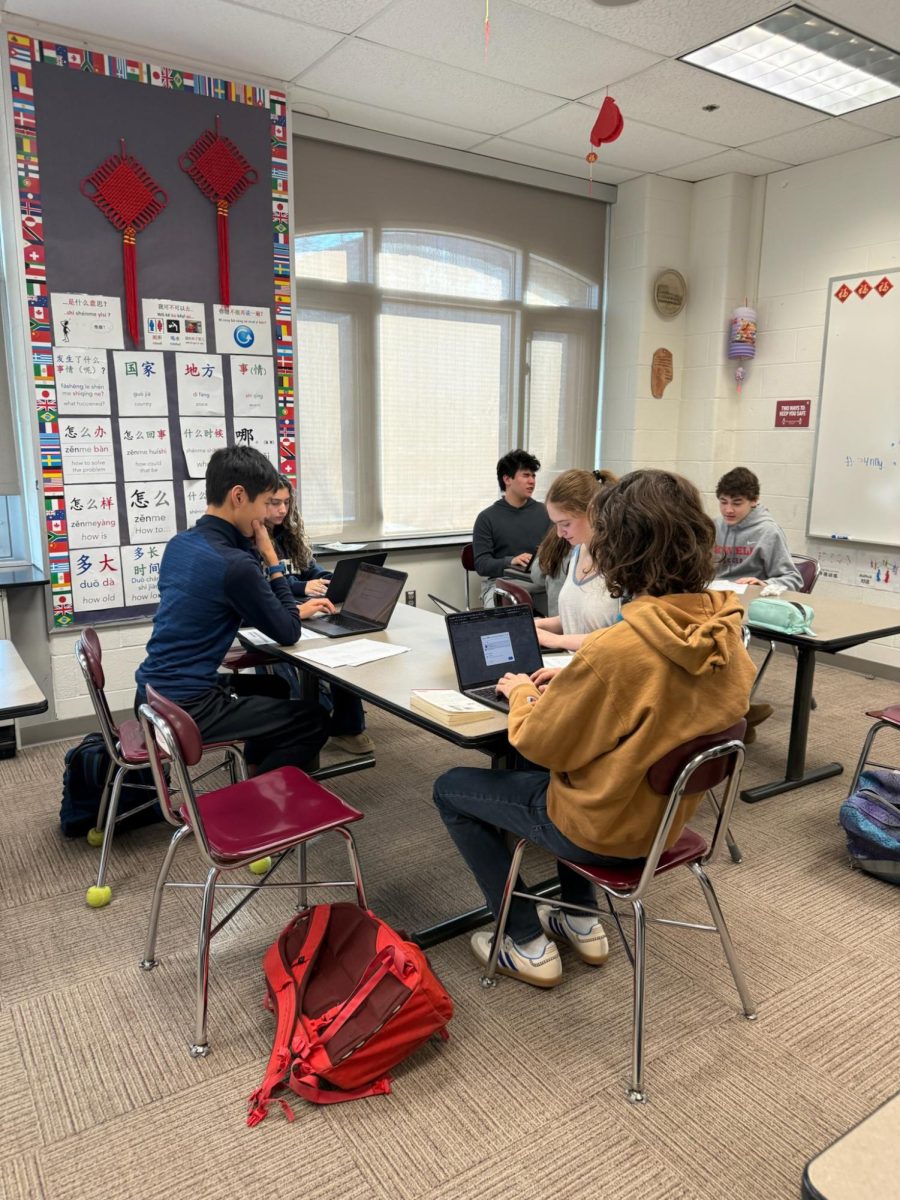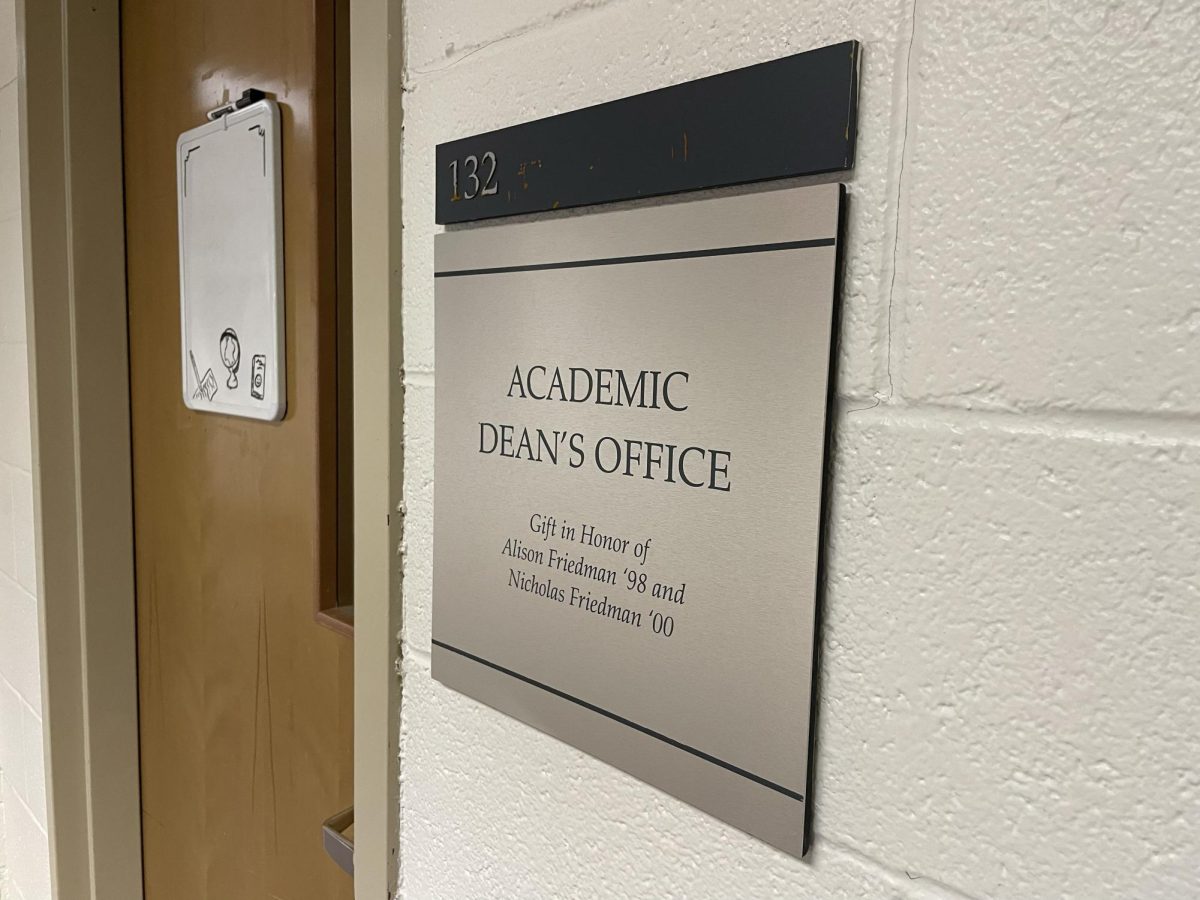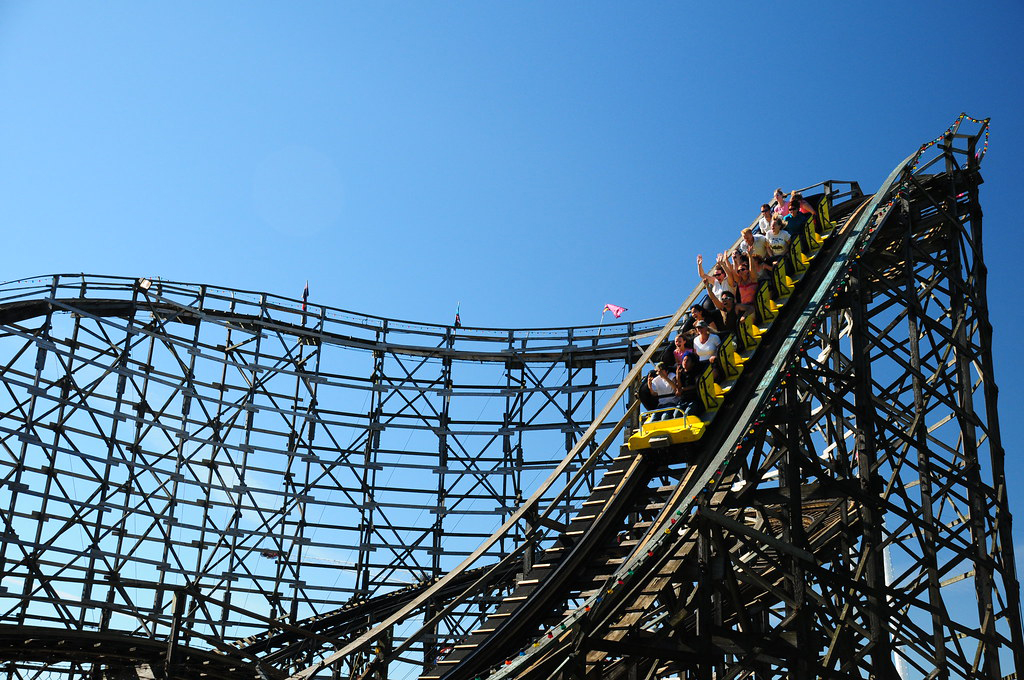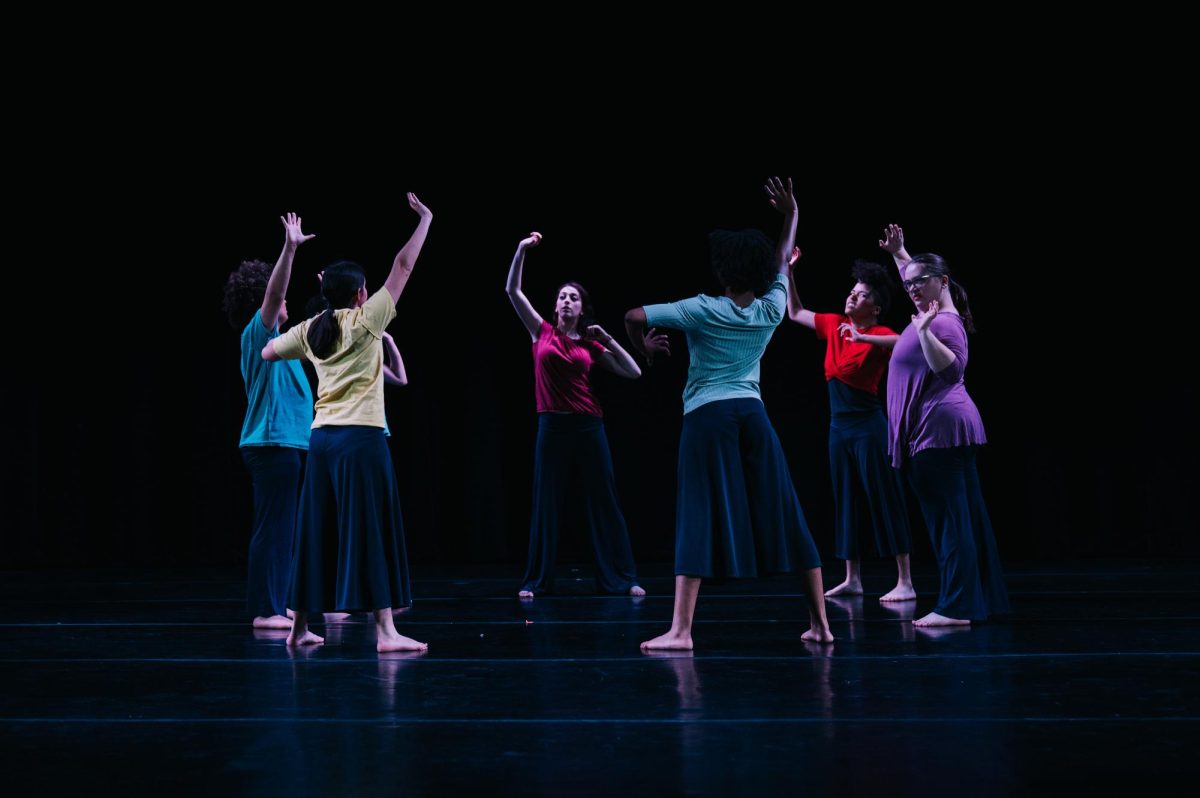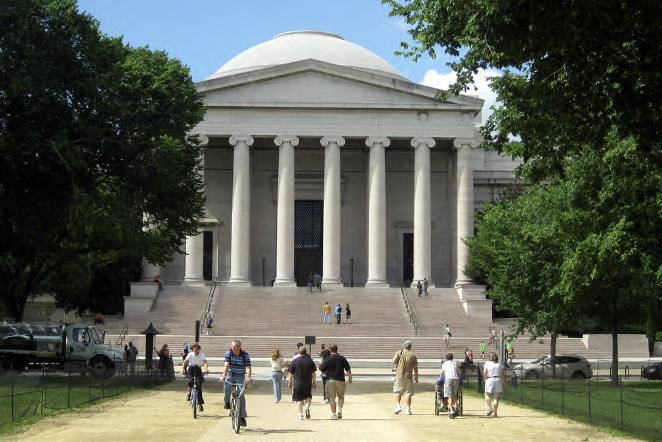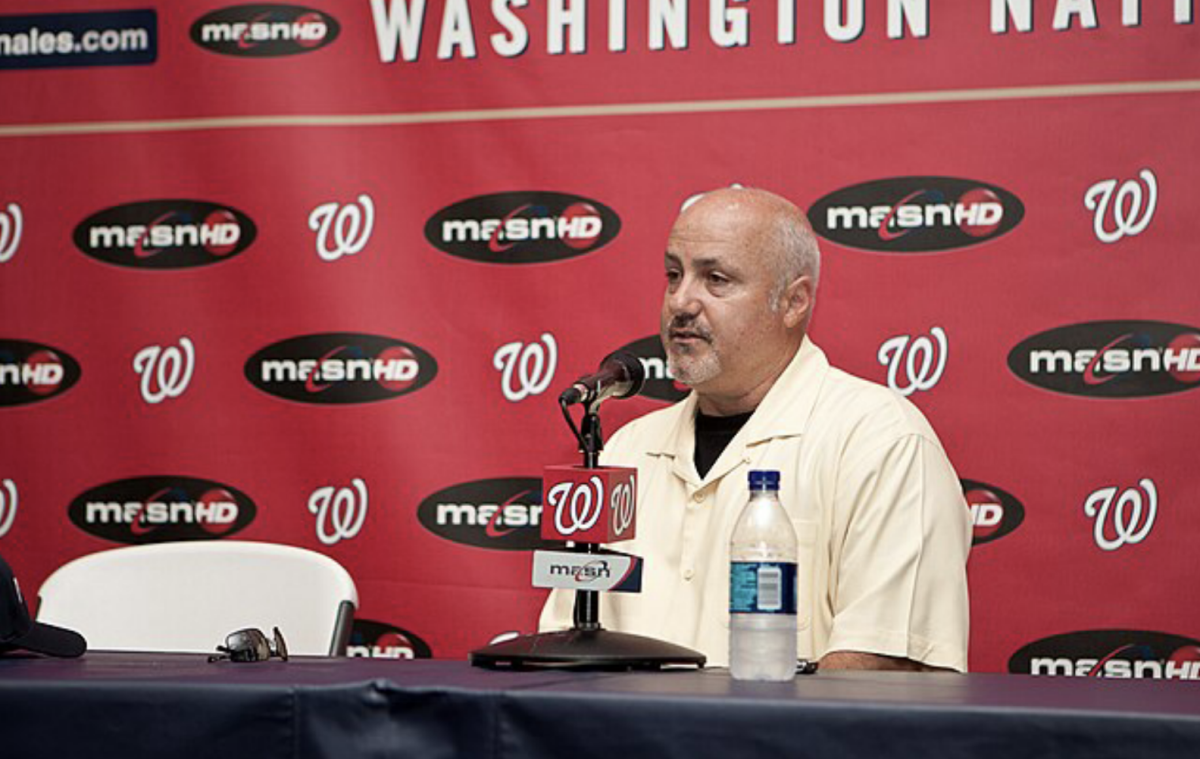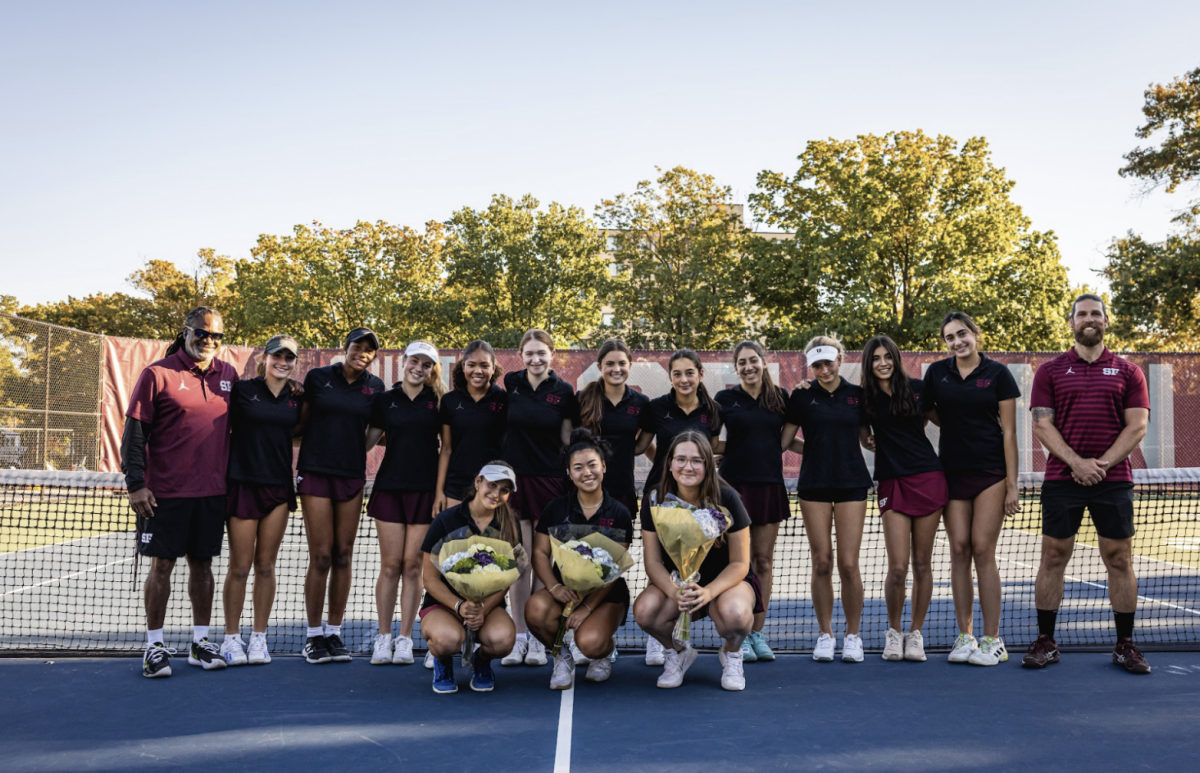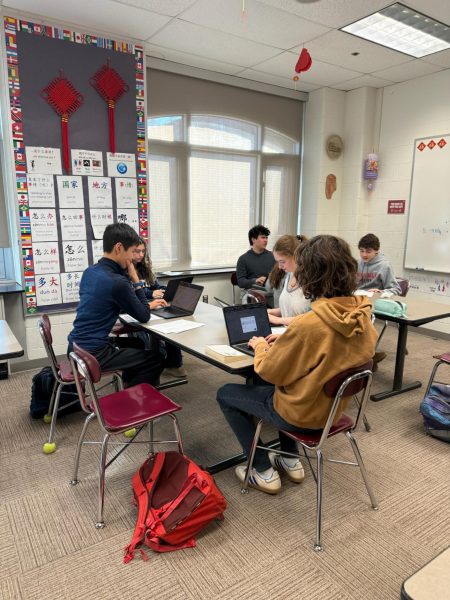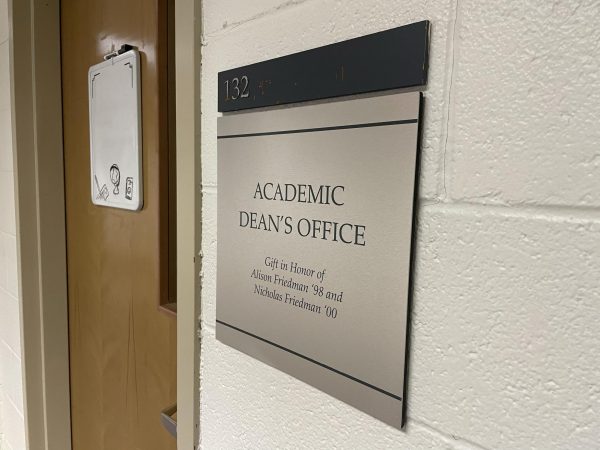Senior Editorial: Arming Teachers Is Not The Solution To Preventing School Shootings
On May 24, a shooter killed 19 children and two teachers at Robb Elementary School in Uvalde, Texas. The tragedy has garnered mass media attention, fueling ongoing debates about gun reform.
Following the respective Sandy Hook and Stoneman Douglas shootings in 2012 and 2018, the Uvalde massacre is only one of many school shootings that the United States has seen in recent years. Numerous sources — including the K-12 School Shooting Database at the Naval Postgraduate School — have found that gunfire on U.S. school property is currently at an all-time high due to easy access to firearms.
In response to the Uvalde massacre and previous school shootings, legislators from both political parties hope to curb future mass shootings by enacting different laws. While Democrats have supported stricter gun regulation, Republicans have advocated for bills that allow teachers to possess firearms for greater security. Ultimately, these proposals to arm teachers do more harm than good; instead, school gun violence prevention measures should focus on educating children and adults about the dangers of firearms.
Though teachers play indispensable roles in society by constructing meaningful educational experiences for students, most are not trained as law enforcement officers. Polling 2,926 educators from all 50 states and the territory of Guam, a 2019 survey conducted by California State University, Northridge found that only 16% of respondents reported having a gun, and 25% indicated having more than minimal use of a firearm. Though it is easy to fire a gun, police training — which often takes around 21 weeks, according to BBC — is essential to helping trainees understand situational awareness. Thus, simply giving teachers firearms is risky, as most educators do not know how to properly respond to an active shooter.
The CSUN survey also found that the overwhelming majority of teachers polled were opposed to being armed at school — 95.3% of respondents did not believe that teachers should carry guns in classrooms, and only 6.2% indicated they were comfortable using a gun to stop an active shooter.
Additionally, guns could be stolen by educators, students or school visitors, threatening school safety. There have been numerous cases in which this has occurred. In 2012, for example, a student from Jacksonville High School in Arkansas was arrested for stealing a handgun from a teacher’s purse. Similarly, in 2018, authorities found a student with a teacher’s gun at a school in St. Louis.
Rather than bringing more guns to schools, students, teachers and parents must learn about safe gun storage, or practices that limit accessibility to guns by unauthorized users. These practices include locking unloaded guns in secure spaces, namely gun safes and cabinets, and using safety devices like trigger and cable locks.
Teaching students and parents about safe gun storage is particularly important in preventing shootings perpetrated by children. A report from the National Library of Medicine states that 70% to 90% of guns used in youth suicides, unintentional shootings among children and school shootings committed by adolescents are acquired from households or the homes of relatives and friends. Though the same study shows that gun owners with children in the home are slightly more likely to store guns safely, roughly 4.6 million minors live in homes with unlocked, loaded firearms, according to a 2015 national survey in The Journal of Urban Health.
Ultimately, arming teachers is not the solution to preventing school shootings. Instead, by developing an understanding of safety practices and the perils of firearms, citizens can help end the gun violence epidemic that has plagued the United States for years.
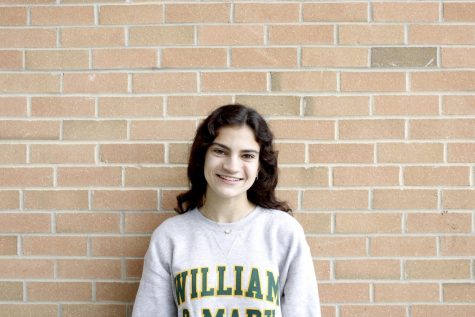
Maddie Mohamadi is currently Editor-in-Chief of Horizon, a position she held in both the 2021-2022 and 2022-2023 school years. She served as a News Editor...


